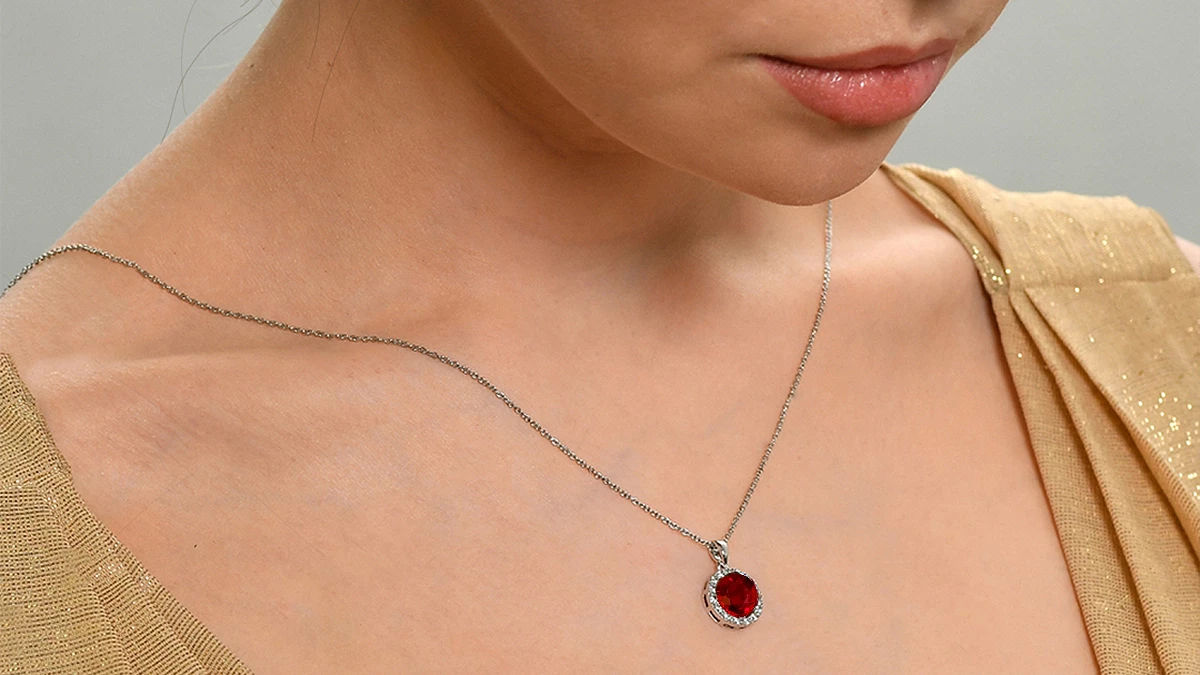[ad_1]

Why do we yell at our computer when it struggles to work? Why do some cars look like they’re smiling? Why does your guitar seem free-spirited? This is because of our innate human tendency for anthropomorphism: the ascription of humanlike characteristics, intentions or emotions in nonhuman things.
However, why do we anthropomorphize objects at all? To explore this question, we conducted a study with the Human Futures Studio. We asked 125 adults about a possession that they had named to better understand the types of things people anthropomorphize and their reasons for doing so.
Anthropomorphism extends far beyond simply naming — it includes, for example, assigning characteristics like “temperamental” to your car instead when it has mechanical issues. For the purposes of our study, we considered naming as a common behaviour that would provide a simple way for us to explore how, when explicitly asked, would people rationalize their anthropomorphic tendencies?
In analyzing the responses to our survey, we identified two themes of why people gave their objects names: relational, pertaining to the connection developed between people and possessions; and objective, derived from features of the object itself.
Social relationships
We are such social creatures that we subconsciously perceive relationships between ourselves and our possessions, which are sometimes so strong that we refer to them as family members or dear friends.
People care for a car, much like tending to a child:
I like patting Carly on the steering wheel and encouraging him if we gotta go up a steep hill.
We also interact with stuffed toys, developing close relationships with them. These objects elicit social interactions because to us, there are human-like qualities in the objects:
I will hug Bunny extra tight if I am sad or scared.
Such behaviour may seem childish and, indeed, children often develop attachments to transitional objects with which they can socialize, seek companionship and develop language. These valued objects help children transition to independence, a crucial stage in child development.
There also seems to be an expectation that naming an object brings a certain level of kinship, trust and solidarity. We rely on our cars — giant contraptions made out of metal — to transport us, while trusting that they won’t suddenly break.
When I ride, I put my trust in my bike and feel it must trust me so that we both are safe.
Naming an object might generate some sort of a trusted bond, giving us peace of mind despite it having no interest in our needs and desires.
Object-based motives
At other times, we seem to give things names because of some inherent thingness. From our respondents’ obvious naming of “Bunny” the plush rabbit, to the more tongue-in-cheek “Ginger,” the soulless Kia Soul, sometimes an object just speaks to us. Well, not literally.
Our ability to latch onto object features and anthropomorphize them, often in twisted and convoluted ways, likely stems from our early childhood training to actively perceive life in the world around us.
The names our research participants chose for the objects in their lives were endearingly critical for older items as well as those with unexpected behaviours:
It’s named for Keith Richards because the car was still alive and kicking strong, LONG past the time it should have been retired and done.
I named my pen Loki because it is mercurial and fickle as all hell.
Many rationales were based on negative or atypical behaviour, implying that we associate humanness with failure, the unexpected or deviation from the norm.
This could be due to effectance motivation, which is our natural inclination to explain or assign intention to these unexpected behaviours. This stems from a desire to understand a strange object’s behaviour by aligning it with one of the most mercurial yet familiar things we know: other people.
Leveraging anthropomorphism
The many stories we heard of naming cars, computers and colour-changing light bulbs were quirky and endearing. However, there are deeper implications that must be considered.
Anthropomorphism changes the fundamental way that people think, feel and behave around inanimate objects. It assigns social value to objects well beyond their monetary worth, affording them greater attention and consideration in our lives.
Corporations are taking note of this effect. Cars are being designed to look like human faces. Computer interfaces are being imbued with human-like design aesthetics. Marketing teams are describing corporations using increasingly human-like language so that you’ll associate their offering with social and emotional factors.
Read more: People and their pets look alike … and the same goes for their cars
Sometimes this effect can be used to make a user experience more positive and sometimes it can be used to influence us to buy things. The difference between positive and negative use of anthropomorphism is often razor thin, context-sensitive and subject to the values of an individual. What is critical is an awareness of this effect and the ability to identify our own anthropomorphic tendencies.
Only then can you make an informed decision about whether, as our respondents did, naming your handheld vacuum cleaner “Dweezle Stevenson” serves your best interests or if your camera truly deserves to be called “Sir Clicks-a-Lot.”
Isabella Kuo, a research intern with Human Futures Studio, co-authored this article.
This article is republished from The Conversation, a nonprofit news site dedicated to sharing ideas from academic experts. It was written by: Shane Saunderson, University of Toronto.
Read more:
Shane Saunderson is a Research Fellow with the Human Futures Studio. He is a former Vanier Canada Scholar.
[ad_2]
Source link









